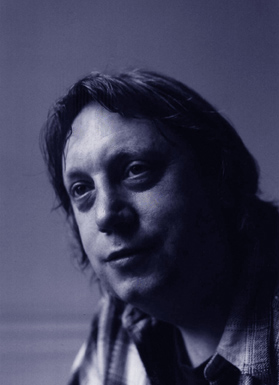HARBINGER MIDI FIDDLE

Orchestral violin and bowed stringed
instruments comprise a large part of a global market for schools and students.
This includes, Asia and the Far
East, Europe, America etc
Many students can fall away
from e.g. violin because of the degree of difficulty in obtaining an
aesthetic and interesting sound from the instrument.
Surprisingly though, the genre
of electrical musical instruments via guitar effects processors and other
post production can change a poor violinist into a rock star on European
stages.
In the market place for the
world and electronic music market is the array of synthesisers and looped
sounds available to the modern music industry. This is a planet wide genre
that attracts the young.
There is a huge world of
synthesised sounds accessible via General MIDI.
Getting access to the
electronic music genre via input devices for studio and stage performance
can be a very expensive business for a violinist unless they can also play
keyboards or guitar, for there is no cheap General MIDI input device for
the Violin.
The Zeta Jazz MIDI Violin for
example retails at a few thousand dollars.
The reason being is that MIDI
technology for violin – the translation device that turns audio string
sounds into accurate programmable notes has been unable to accurately
locate pitch on a violin for many years now.
There is a way round that
though and it involves totally removing the acoustics of a violin from the
violin.
A hardwired non-acoustic violin
or cello, or double bass or viola ,,
There are two components to
this bowed instrument.
The first is the fingerboard
which would be made of a long piece of touch sensitive membrane with
simulated ridges to guide the fingers onto and around the string area.
This would act like a long resistor or rheostat and whenever finger
pressure closed the circuit between the nut and bridge – a small
processor would record and then look-up the resistance value to see what resistance had been allocated to a series of MIDI notes.
The second component of the
Harbinger MIDI violin is the bowed area of the bridge. This would be a
solid platform with artificial string guides – with one lever assembly
under each of the four string platforms. The platforms surface could be
bowed as usual but the pressure of the bowing would be interpreted by
pressure sensitive resistors under the bowing area which would record the
volume pressure played on each string for each note fingered.
Patent searches in 1997 and 2003 produced no synthesis of touch membrane technology and pressure sensitive resistors in the context of a bowed musical instrument like a violin.
The touch membrane and pressure
sensitive technology for a Harbinger MIDI bowed instrument would produce a
very low unit cost at the factory